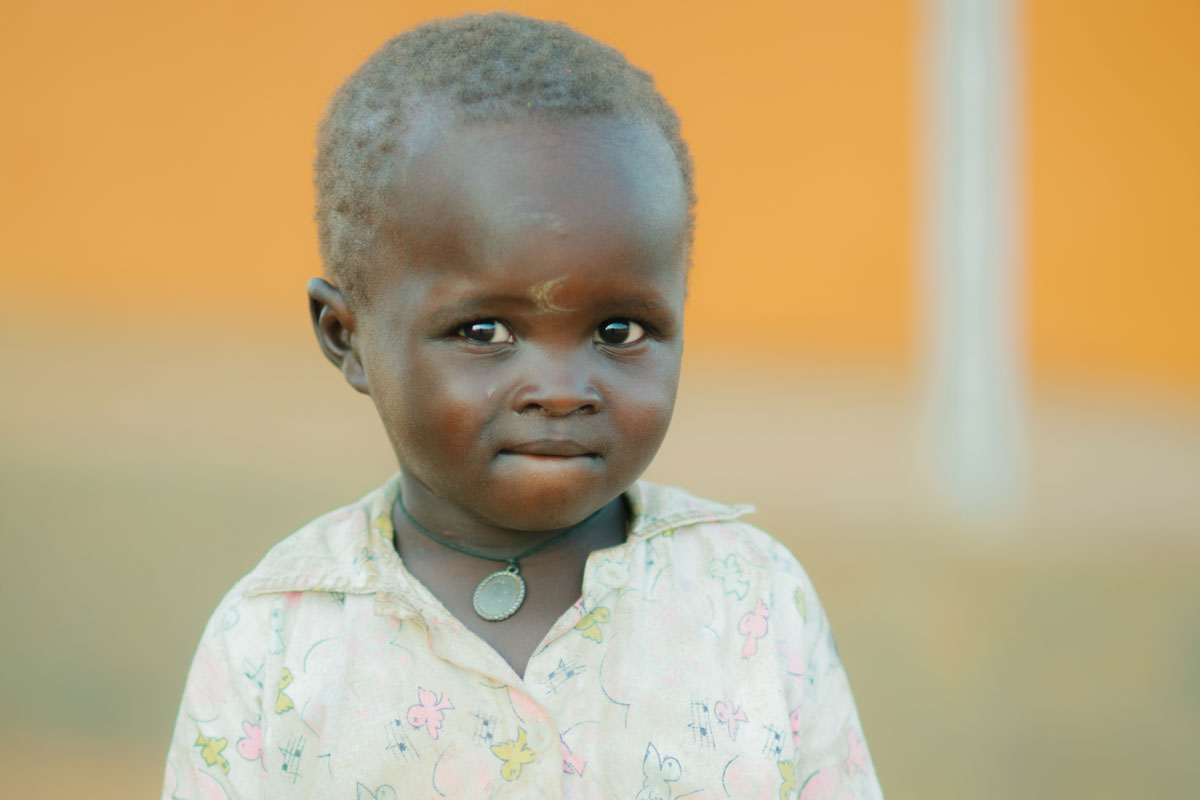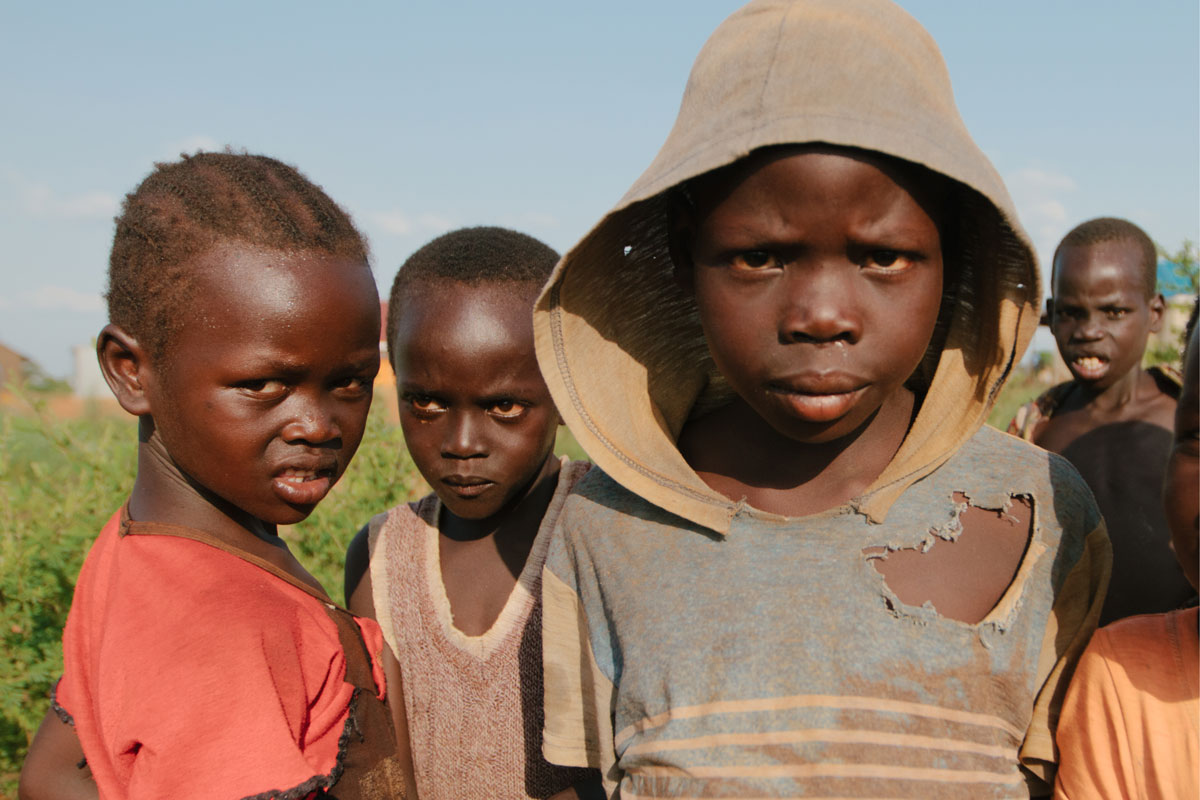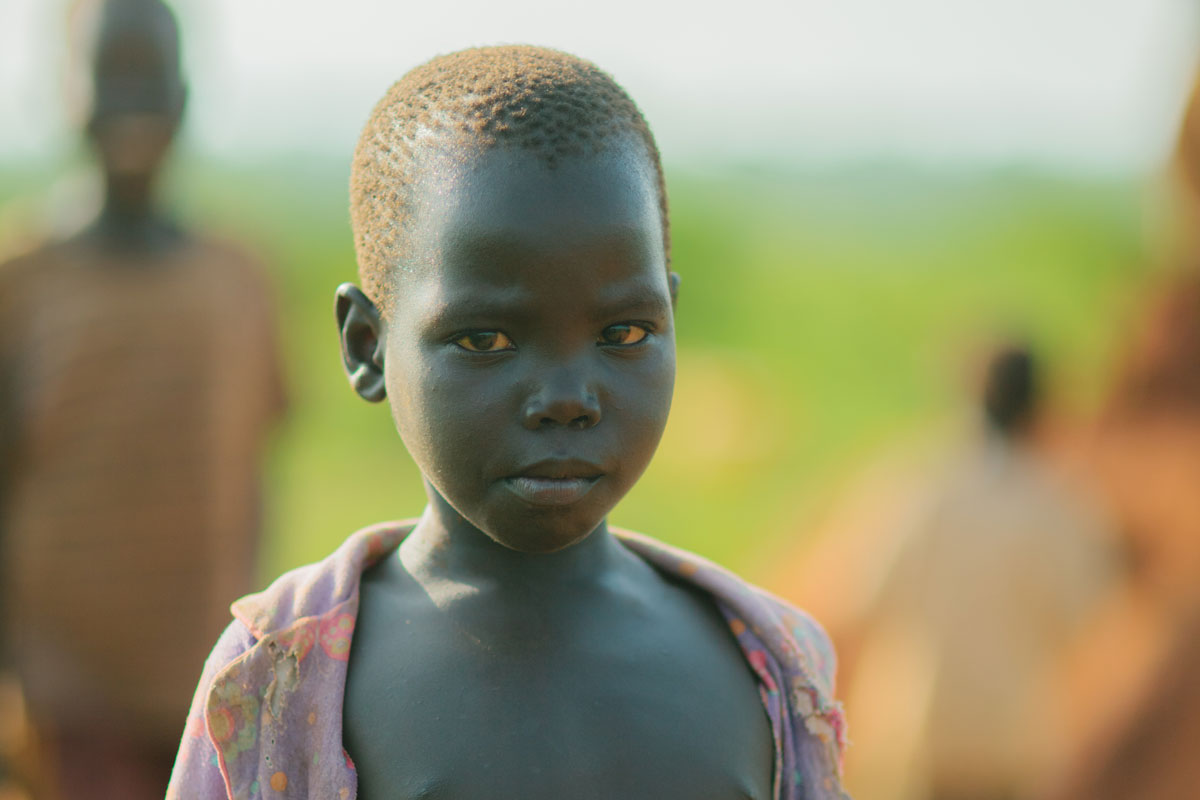If global hunger were a category on Jeopardy, how many questions would you be able to answer? All of them? Some? None?
No matter if you’re well-versed on the subject or if you’re a novice, knowledge is the first step to helping save the lives of children around the world.
So we’ve compiled some questions and answers to help you better understand why starvation and malnutrition are two of the leading causes of childhood deaths globally.
1. Why no food?
The reasons for food shortages vary from country to country. There are many complicated reasons why families don’t have access to food. (But there is an easy way you can help, which I’ll explain later.) Here are some of the main reasons why countries like Haiti, Zambia, Syria, and Iraq are suffering from a lack of food:
Extreme poverty: No money? No food. Unfortunately, it’s that simple. Poverty keeps a tight grip on individuals and families who can’t afford to receive an education and find good jobs. Even when people try to grow their own food, often there are too many obstacles …
Drought: Crops and livestock can’t survive during droughts. And the countries with the worst droughts almost always suffer the most debilitating famines. Without rain and proper irrigation, farmers aren’t able to feed their families or help earn an income.
War and violence: It’s no surprise that where a hunger crisis is found, war and violence often took up residence long before. In countries like Syria and Iraq, war has destroyed countless acres of farmland. Fighting in port cities or along trade routes means food can’t get to the people who need it most. And this food scarcity means that what little food is available usually costs much more than the average family can afford.

2. Why can’t mothers feed their babies?
You may be wondering why babies and children under age 2 are the most affected during a hunger crisis. Shouldn’t mothers be able to keep their children alive naturally by nursing them?
Unfortunately, the answer is no. Mothers are often too weak and malnourished themselves to produce milk for their kids. And because of the reasons already mentioned — poverty and scarcity caused by war — buying formula is usually out of the question.
If a baby girl survives infancy, she will likely grow up into a malnourished young woman. She, herself, will be too sick to produce milk for her own children. So the sickness and malnutrition will continue … at least until someone breaks the cycle.

3. Even if a child survives infancy, what are additional risks?
If children survive past the age of 2, they are still not out of the woods. Their quality of life may be reduced to the point of complete debilitation.
Physical stunting: Because of malnutrition, children are often left physically disabled. Some children never learn to walk, their bones are brittle, they don’t grow very tall, and they’re often left too sick and weak to work when they become adults. This means they will be completely reliant on the help of others for the rest of their lives. Most of the results of stunting are irreversible.
Mental delays: Starvation weakens children to the point that they don’t have the energy to run or play … let alone pay attention in school. Even if they could, they would struggle to absorb vital information since extreme hunger can prevent a child’s brain from developing properly. Many starving children — even though they desperately try — may never even learn to read.
Cycle of poverty: Children suffering from health complications and mental delays will not grow into functioning adults able to find jobs and support their own families. And without good jobs, they will never have the opportunity to escape poverty. Starvation, a lack of education, and a low sense of self-worth will continue to pass from generation to generation.

4. What can you do to help?
By now you realize that extreme hunger is one of the biggest obstacles impoverished people face, especially children whose brains and bodies are still developing. . But the solution is simple — they need food.
For only $40, you can help feed one starving child for an entire year.
That’s an entire year of nutritious food that will help a child survive and thrive. It’s an entire year of peace of mind for parents who have no idea how they’re going to keep their baby alive.
Your $40 means a child doesn’t have to endure the excruciating pains of hunger or die an untimely death.
So the next time you hear about people living in the middle of a hunger crisis, remember this basic question and answer.
Question: How can a child avoid a life of starvation and sickness … or even death?
Answer: When YOU decide to act.



